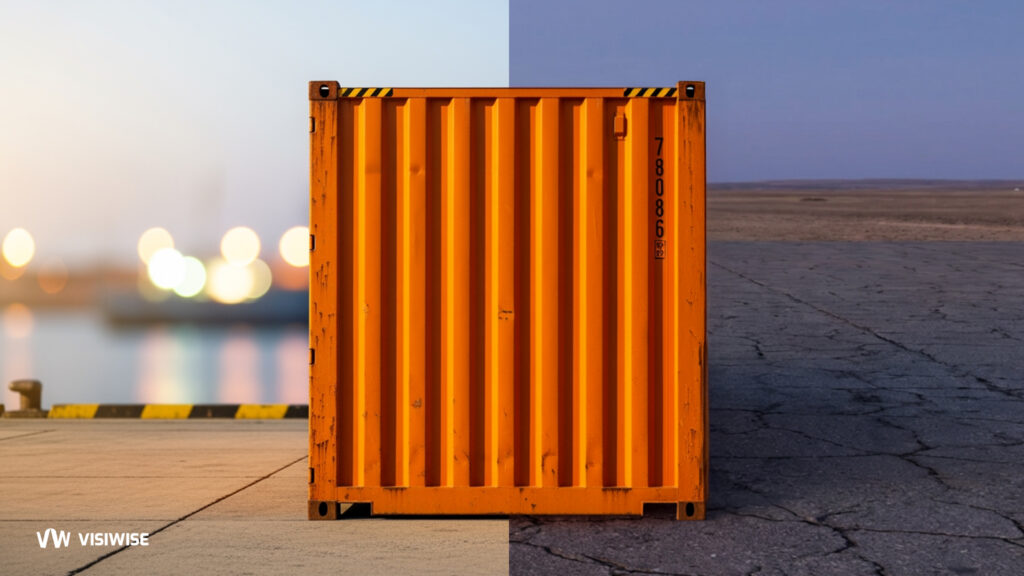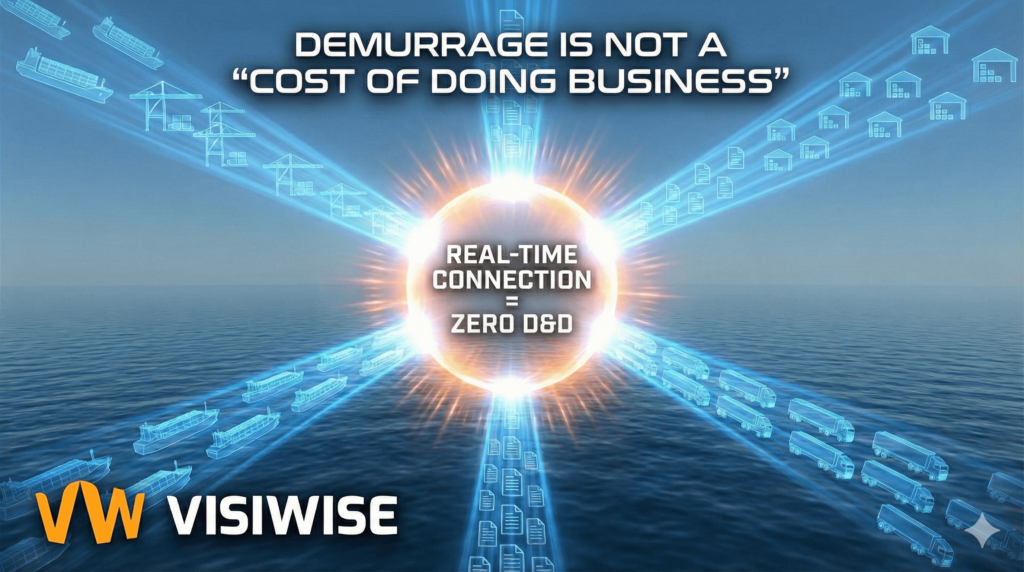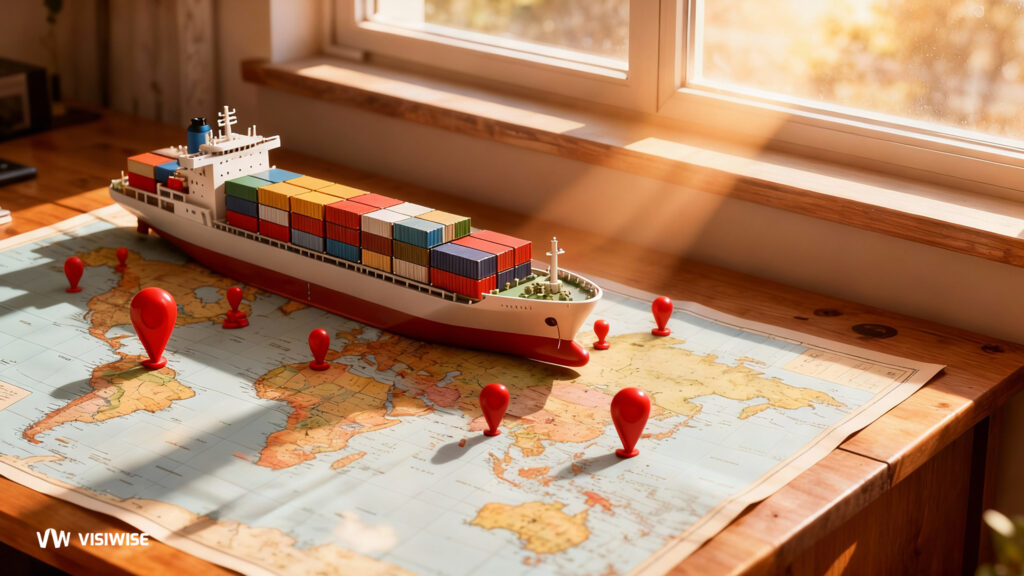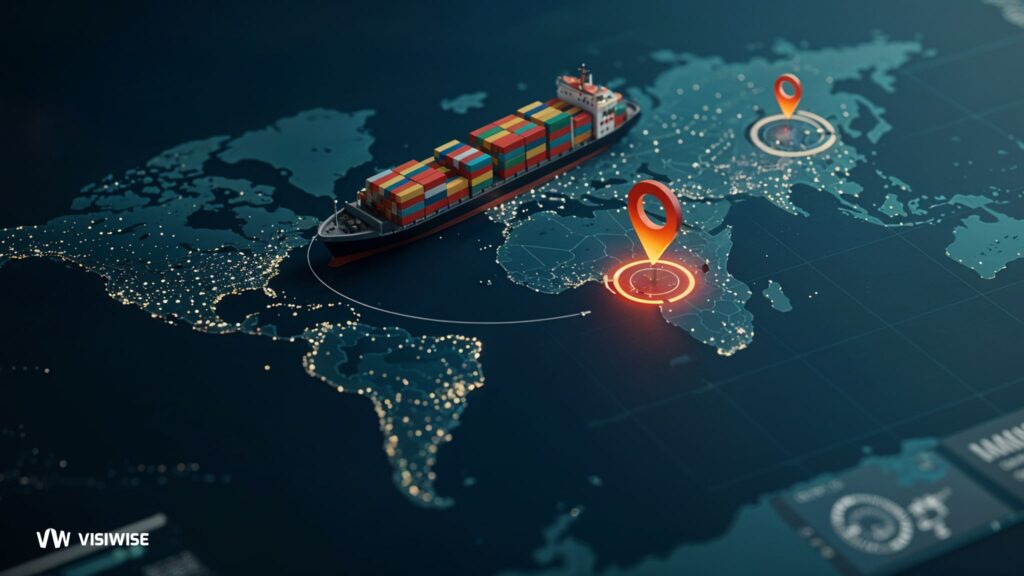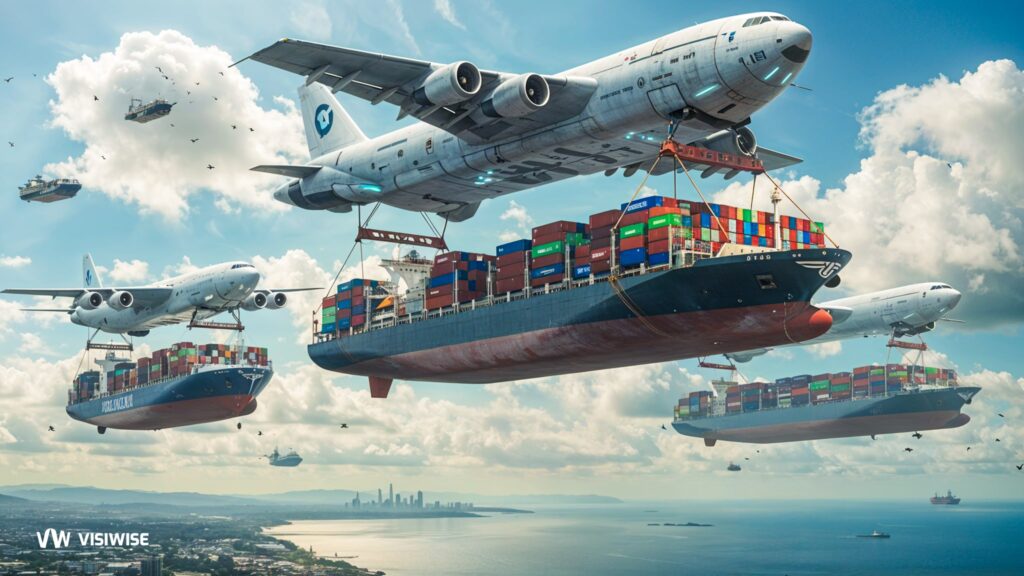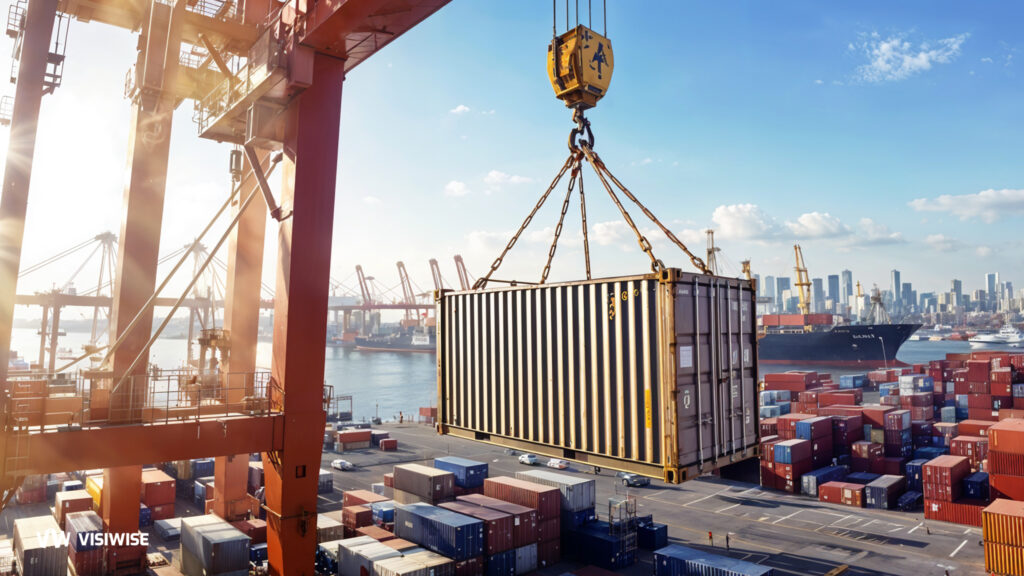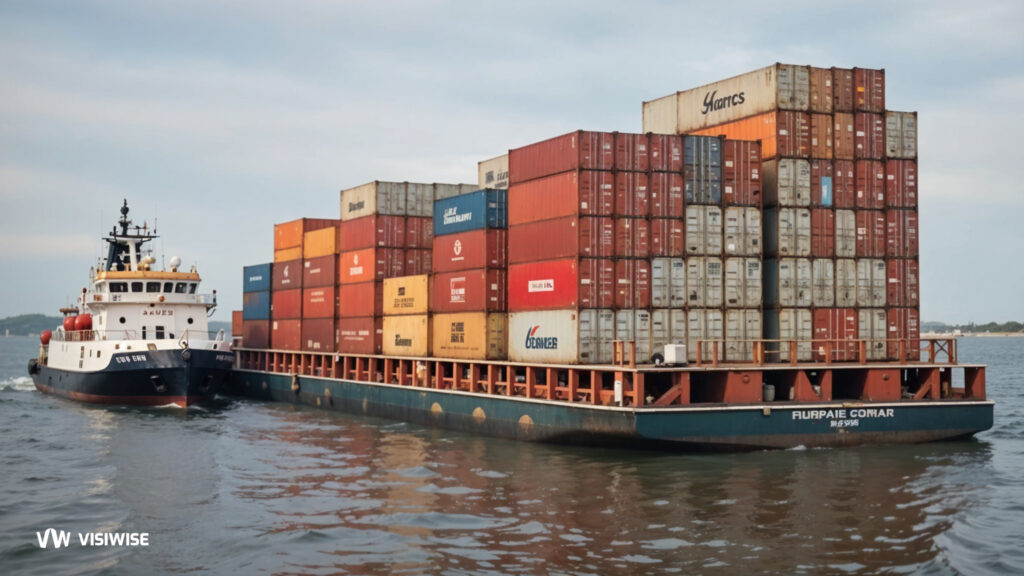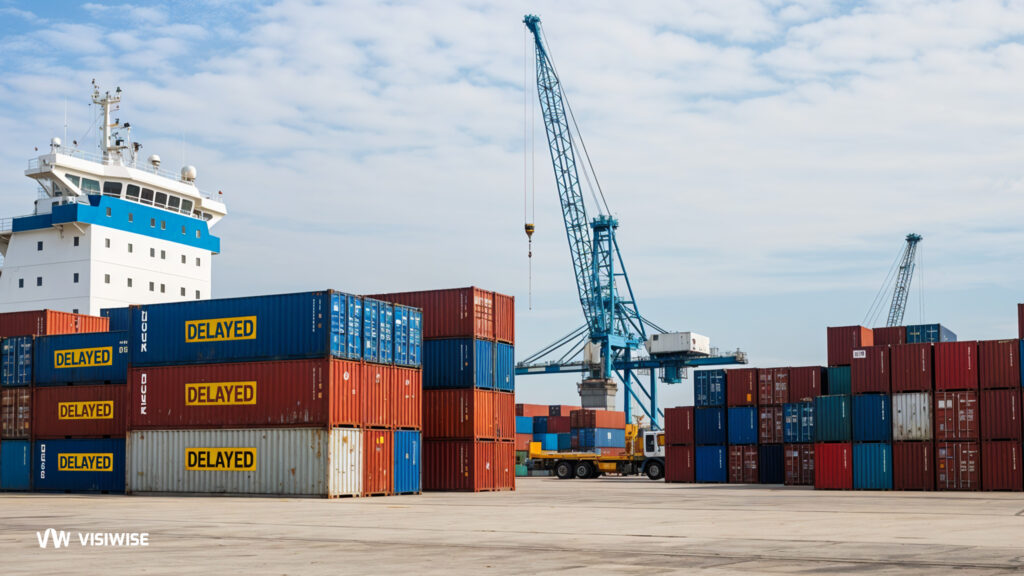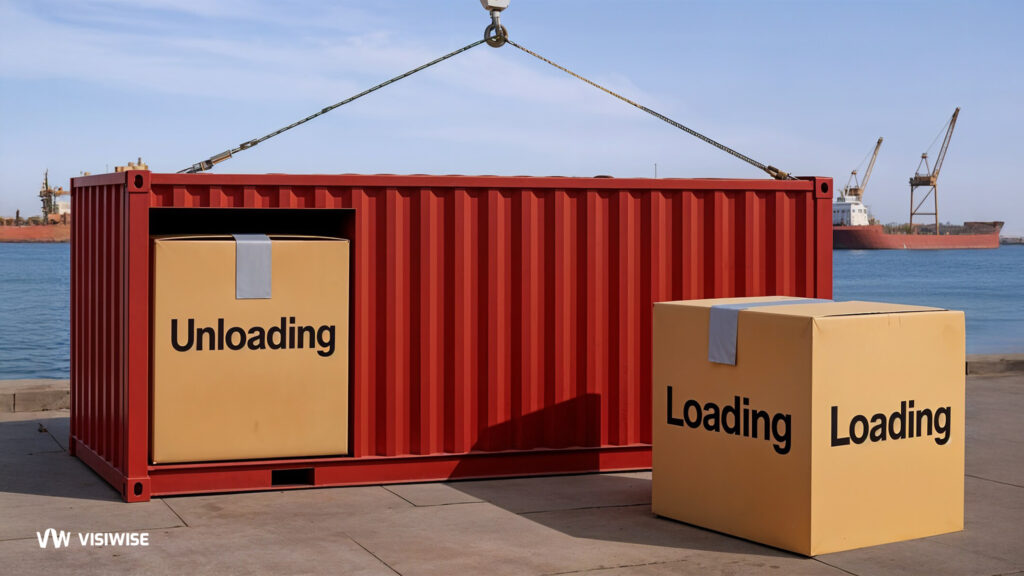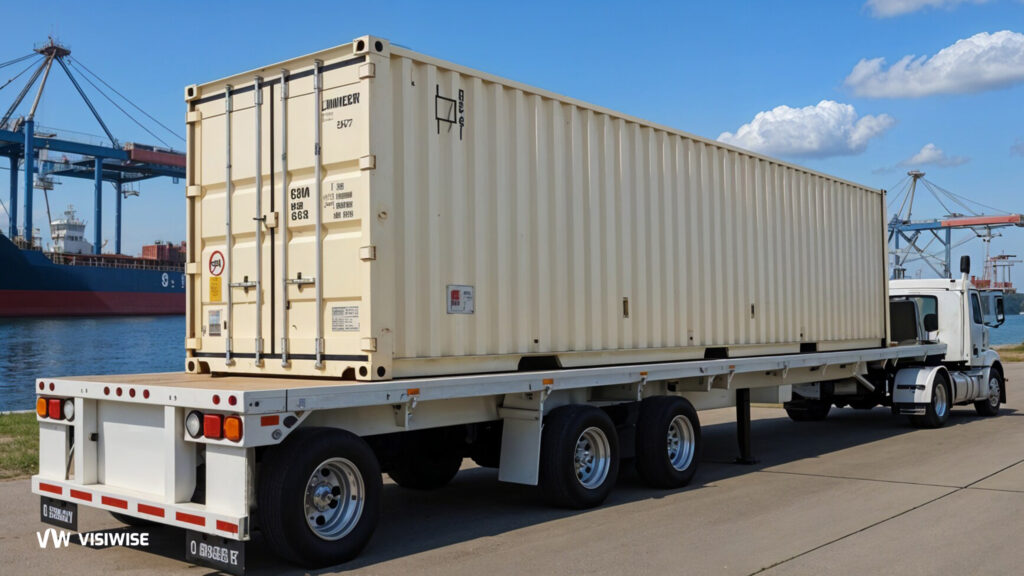Demurrage and per diem are two of the most confusing—yet costly—charges in container shipping. While both relate to time limits on using containers, they apply at different stages of the logistics process. In this guide, we break down what each fee means, how they’re calculated, and the best strategies to avoid unexpected charges and keep shipping costs under control.
Why Demurrage is NOT a “Cost of Doing Business”
The World’s Top Transshipment Ports: Global Hubs for Efficient Shipping
Transshipment plays a major role in global logistics, and a handful of ports handle most of this activity. In this guide, we look at the world’s top transshipment hubs for 2024–2025, highlight their TEU volumes, and explain what makes each port a critical connection point in global trade.
Understanding Cost, Insurance, and Freight (CIF): A Comprehensive Guide to Incoterms
In this guide, we will try to explain the CIF term and clarify the scope of responsibilities for each party – the buyer and the seller.
What Does DAP Mean in Shipping? Understanding Delivered at Place Incoterms
in this blog post we’re going to break down what it exactly means and what are the responsibilities of buyer and seller under the Incoterms rules.
Air Freight Forwarding Process: A Step-by-Step Guide to Efficient Air Cargo Shipping
Need something delivered urgently—like critical medical supplies or vital parts for production? Air freight forwarders are the logistics experts ensuring your cargo arrives quickly and seamlessly. In this guide, we break down the air freight forwarding process and how it all works behind the scenes.
The Complete Guide to Container Pickup at Ports
Port pickups shouldn’t be this hard. This guide cuts through the chaos with street-smart tactics to dodge fees, speed up pickups, and keep your shipments moving. No jargon, just results.
Container-on-Barge (COB) Transportation: The Smart Alternative to Trucks & Trains
COB is intermodal freight transport where shipping containers are stacked on barges and towed across waterways. It offers an alternative to trucks and rail, especially for moving goods between seaports and inland destinations. In this guide, we explore its use in major ports with strong waterway connections.
Door-to-Door Shipping: The Complete Guide for Hassle-Free Deliveries
In this guide, we’ll break down everything you need to know on how to get your stuff where it needs to go, stress-free.
Container Port Congestion: Causes, Impacts, and Solutions
Imagine ordering something online, only to find it’s delayed for weeks. The culprit? Port congestion—where ships queue offshore, containers pile up, and deliveries stall. This global trade traffic jam stems from rising demand, outdated infrastructure, labor shortages, and weather disruptions. But there’s hope: businesses are responding with smarter logistics, alternative routes, and technology to keep supply chains flowing.
Improving Container Flow Through Street-Turns in Shipping Logistics
In this blog post we explain what the Street-Turn is in intermodal shipment and how it works.
Tilt-Bed, Flatbed, or Chassis? How to Choose Your Container Trailer
Shipping container delivery doesn’t need to be complicated. From tilt-bed trucks to flat-beds and chassis, this guide breaks down your delivery options based on your property, container size, and budget—using plain language, not industry jargon. Find the method that fits your needs and avoid hidden costs.
